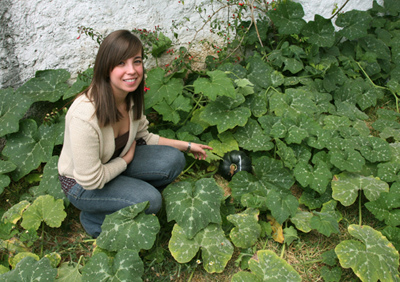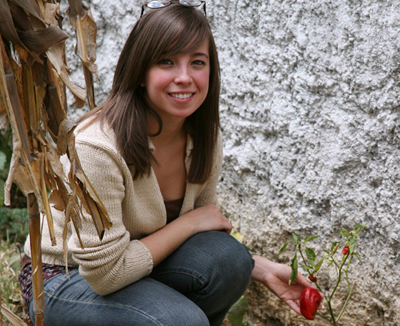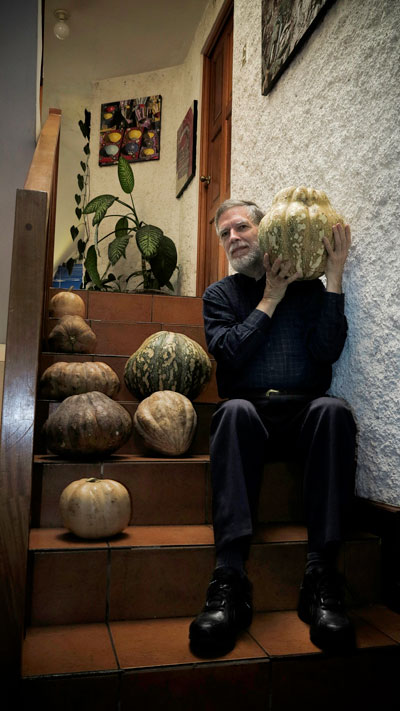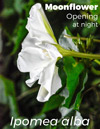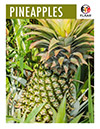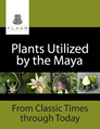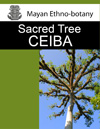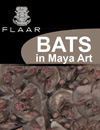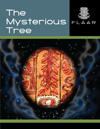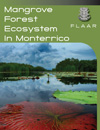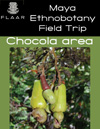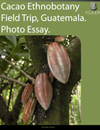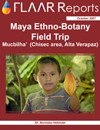During the first months of 2006 we founded FLAAR MESOAMERICA as a non-profit association under Guatemalan law. Our facilities are situated in Guatemala City, where we provide our services to the Mesoamerican region.
Our goals are to continue to be the leading institution in digital imaging technology and provide consulting and assessment in digital photography, art reproduction and conservation of cultural heritage to other institutions such as universities, museums, educational facilities etc. etc. For example in early 2018 we donated 5meter long prints of waterbirds to the museum at Yaxha
Our local projects in Latin American anthropology are primarily in Maya ethno-botany, in part due to long time interest and in part due to the presence of a botanist as co-founder (Eduardo Sacayon). The long term interest also derives from Dr. Nicholas Hellmuth’s PhD dissertation which discusses and pictures such sacred flowers as the water lily. But today we are expanding this to study the plumeria, cacao. hule and other sacred plants and flowers.
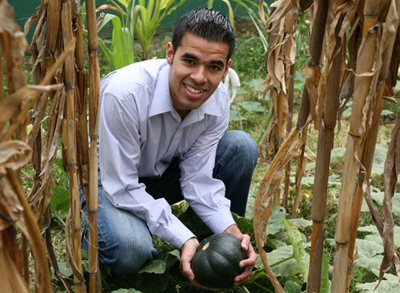 |
|
José Melgar with squash plant. Squash comes in dozens of sizes, shapes, and colors. Seeds of one species are very very healthy; in Guatemala these seeds are known as pepitorio. The squash that produces these seeds grows around Sayaxche, Peten (and other parts of the country). Although this squash is not a pumpkin, comparable seeds sold at Trader Joe’s are called pumpkin seeds. Trader Joe’s is a healthy organic food supermarket chain across the USA. José now works in the advanced digital printing division of FLAAR Reports. This division works around the world as consultants on wide-format inkjet printers, inks, cutters, and printable materials. FLAAR Reports works in Shanghai, Europe, Dubai, Istanbul, and USA, with offices at FLAAR Mesoamerica. |
|
|
|
Ximena Jop showing the leaves of the squash plant. Squash leaves are important to study to learn what vines are pictured in ballcourt related sculpture of Chichen Itza, Yucatan, and vines on monumental stone sculptures of Cotzumalhuapa, Bilbao, Escuintla, Guatemala. Ximena was one of four of us who lived and worked in Beijing, China, living there 6 weeks to experience the difference between visiting a country as a tourist, and living there with local people. We helped a Chinese company translate all their brochures into English. |
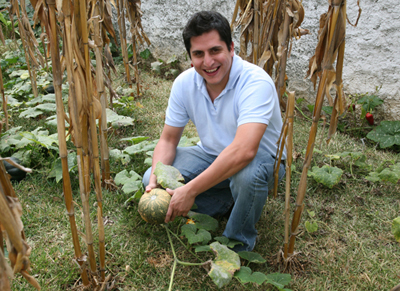 |
|
Juan Luis Sacayón with a large squash-like plant. In the myth of the Popol Vuh, the squash is associated with the ballgame, indeed at Chichen Itza and Bilbao ballcourt sculptures squash vines and squash flowers are very clearly shown. These photos were taken in 2006. Now, more than a decade later, the garden has been expanded with hundreds more plant species. Indeed we have so many plants that Guatemalan botanists come to the garden to study what we have. The FLAAR Mayan Ethnobotanical Garden has a Q’eqchi’ Mayan gardener plus we have two other Q’eqchi’ Mayan employees who help do research on plants of Alta Verapaz. Also we have several plant scouts who help us find whatever plant we wish to photograph out in the wild, in its native habitat. |
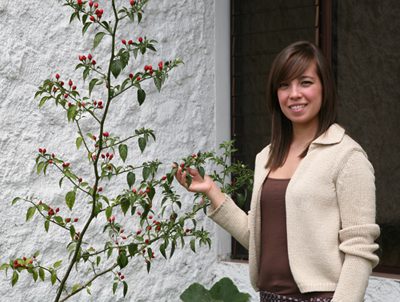 |
|
Chiles are native to the Americas. Chiles peppers come in many sizes, shapes, and colors. Many are sweet peppers; others are pica mucho.
|
|
|
|
Ximena Jop with Chile Pimiento plant. Chile pimiento is a well known for its flavor and is used for several traditional dishes in Guatemala. There is another kind of chile, longer and thinner, called chile chocolate. We raise all these chiles in our research garden.
|
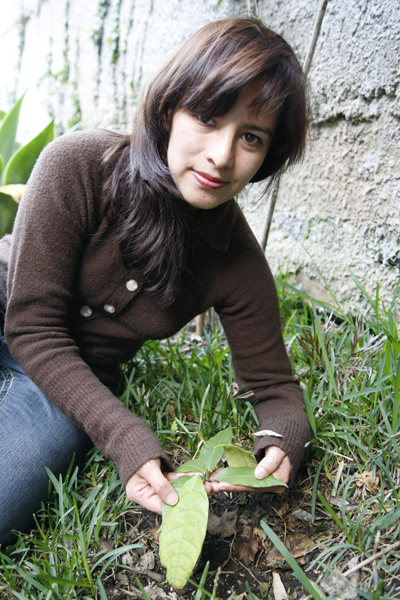 |
|
Mirtha Cano holding the leaves of a recently transplanted cacao seedling in the Maya ethno-botany garden in the FLAAR offices. Mirtha is a biologist who was working for FLAAR on projects related to tropical flora and fauna of the pre-Columbian Maya. Cacao was considered a sacred plant. Subsequently Mirtha was the biologist for Parque Nacional Tikal. Currently she teaches at USAC in Flores, Peten.
This cacao seedling survived well and is now over 3 meters tall. |
|
|
|
This photo is from 2012, six years after being formalized in Guatemala as a non-profit research institute, we are still studying tropical flora and fauna. And we are still studying ayote, calabaza, chilacayote, in part because squash flowers and vines are clearly pictured in ball game art of Chichen Itza (Yucatan Mexico) and Bilbao (Cotzumalhuapa area of Escuintla department, Guatemala). Plus, in the Mayan saga of the Popol Vuh, when one of the Hero Twins had his head sliced off by the Slicer Bat in Xibalba, the head was replaced by a squash. So every year we search for native species of squash which are the size and shape of a human head. Twice over six years we have found a squash with mouth, nose, eyes, forehead, etc. The most recent one we donated to the Museo Popol Vuh. Unfortunately the squash, being a plant, rot even though we try to dry them out. |
FLAAR Mesoamerica continues to grow
Circa 2016 we founded a new team named MayanToons (short for Mayan Cartoons). This team of illustrators, artists, and animators are part of FLAAR Mesoamerica. The long-range goal is developing storyboards for a series of potential future children’s educational TV series, based on Dr Nicholas’s 54 years of experience in remote areas of Mexico, Guatemala, Belize, El Salvador, and Honduras. To view what we are doing, visit www.MayanToons.org
The research team on plants and animals still does their studies and we publish new FLAAR Mesoamerica reports every two months. To see all our studies of Mayan plants and jaguars, birds, crocodiles, leaf-cutting ants, and pollinating insects check out: www.maya-ethnozoology.org and www.maya-ethnobotany.org
Most recently updated July 8, 2018.
Previously updated November 6, 2012. First posted 2006.

